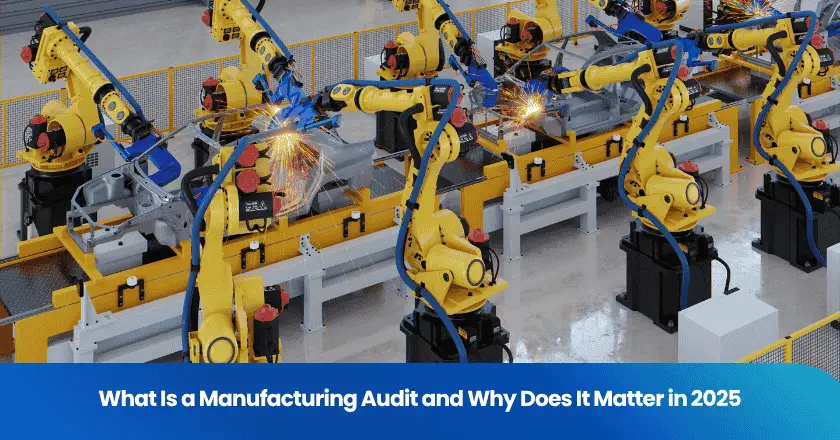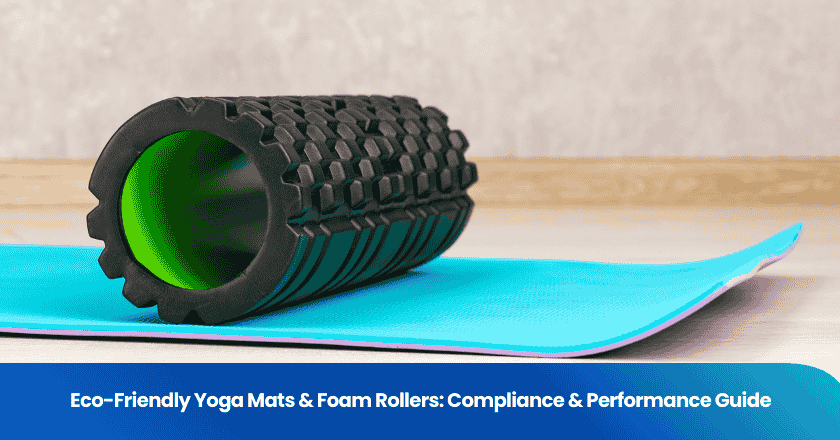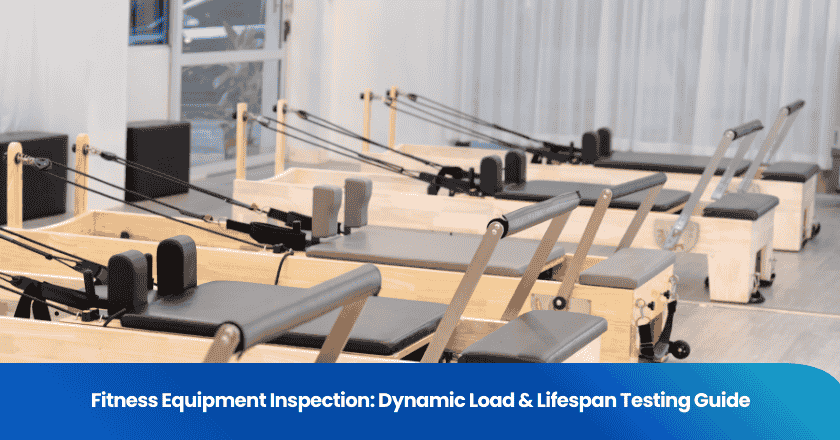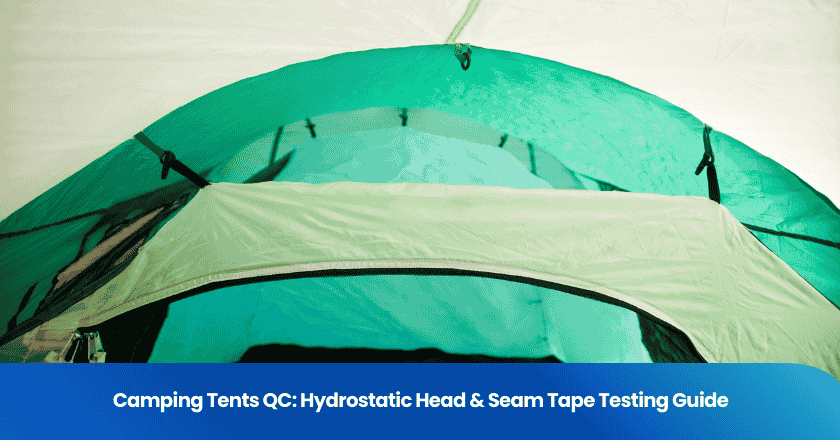
You will encounter the term manufacturing audit more frequently as you navigate the evolving landscape of 2025. A manufacturing audit helps you verify that your operations meet strict standards for compliance and quality. You use audit results to identify inefficiencies and reduce risks within your facility. Audits also push you to improve processes and adapt to new industry regulations.
Tip: Regular audit practices empower you to maintain high performance and keep pace with technological advances.
Manufacturing Audit Overview
Definition and Purpose
You use a manufacturing audit to examine your production processes, facilities, and systems. This audit checks if you meet industry standards and regulatory requirements. You verify that your operations follow established protocols for safety, quality, and efficiency. When you conduct a manufacturing audit, you gain a clear picture of your strengths and weaknesses.
A manufacturing audit serves as a tool for you to confirm compliance with laws and regulations. You also use it to ensure that your products meet customer expectations. You can identify gaps in your workflow and address them before they become major issues.
Note: A compliance audit focuses on whether you follow specific rules and guidelines. You rely on this type of audit to avoid penalties and maintain your reputation.
Key Objectives
You perform a manufacturing audit for several reasons. Each objective helps you strengthen your business and prepare for future challenges.
l Verify Compliance
You check if your facility meets legal and industry standards. You use a compliance audit to confirm that you follow environmental, safety, and labor regulations.
l Assess Quality
You evaluate your products and processes to ensure consistent quality. You look for defects and areas where you can improve.
l Increase Efficiency
You analyze your workflow to find bottlenecks and waste. You use audit results to streamline operations and reduce costs.
l Manage Risks
You identify potential hazards and vulnerabilities. You use the audit to create action plans that protect your business.
l Drive Continuous Improvement
You use audit findings to set new goals and benchmarks. You discover opportunities for improvement and implement changes that boost performance.
Tip: When you treat each audit as a chance to learn, you build a culture of operational excellence. You prepare your team to adapt to new standards and technologies.
You rely on the manufacturing audit process to keep your business competitive. You use each audit to measure progress and make informed decisions. You ensure that your facility remains compliant, efficient, and ready for the future.
Audit Types in Manufacturing
Good Manufacturing Practices Audit
You conduct a good manufacturing practices audit to confirm that your facility follows strict hygiene, safety, and quality protocols. This audit checks if you meet industry standards for cleanliness, equipment maintenance, and staff training. You use the results to identify gaps in your procedures. You improve your processes and reduce risks. You rely on this audit to maintain product safety and protect your reputation.
Factory Audit
You perform a factory audit to evaluate your entire facility. This audit covers infrastructure, equipment, workforce, and management systems. You assess if your factory meets legal and industry requirements. You check if your operations support consistent production quality. You use a factory audit to verify that your suppliers follow ethical practices. You ensure that your supply chain remains reliable. You also use a factory audit to identify areas for improvement. You strengthen your business by acting on audit findings. You can schedule a factory audit before starting new partnerships. You use a factory audit to confirm that your facility can handle increased demand. You rely on a factory audit to maintain compliance and efficiency. You use a factory audit to prepare for regulatory inspections. You can use a factory audit to benchmark your performance against competitors.
Manufacturing Process Audit
You use a manufacturing process audit to examine each step in your production workflow. This audit focuses on how you transform raw materials into finished products. You check if your processes meet quality and efficiency standards. You identify bottlenecks and waste. You use the audit to streamline operations and reduce costs. You rely on a manufacturing process audit to ensure that your products meet customer expectations. You use audit results to set new goals for improvement.
GMP Audits
You conduct gmp audits to verify that your facility complies with Good Manufacturing Practices. These audits cover documentation, staff training, equipment calibration, and product testing. You use gmp audits to meet regulatory requirements and industry standards. You rely on gmp audits to prevent contamination and ensure product consistency. You use gmp audits to build trust with customers and regulators. You can schedule gmp audits regularly to maintain high standards. You use gmp audits to identify risks and implement corrective actions. You rely on gmp audits to support continuous improvement.
Tip: You strengthen your business by using each audit type to address specific risks and requirements. You stay ahead of regulatory changes and industry trends.
Audit Process Steps
Preparation
You start the audit process by gathering information about your facility and operations. You review previous audit records and collect data on your current procedures. You create a manufacturing audit checklist to guide your review. This checklist covers all critical areas, such as safety, quality, and compliance. You assign roles to your team and set clear objectives for the audit. You also communicate the audit schedule to everyone involved.
Tip: A detailed manufacturing audit checklist helps you avoid missing important steps during the manufacturing process audit.
On-Site Assessment
You move to the on-site assessment phase. You walk through the facility and observe daily operations. You use the manufacturing audit checklist to verify each process step. You interview staff and check if they follow established protocols. You examine equipment, review documentation, and inspect work areas for safety and cleanliness. You conduct a manufacturing process audit to identify inefficiencies and risks. You document your findings and collect evidence for your audit records.
l Observe production lines
l Review safety measures
l Check quality control points
l Interview key personnel
Reporting and Follow-Up
You compile your findings into a clear report. You highlight strengths and note areas that need improvement. You share the audit results with your team and management. You use the audit process to develop action plans and assign responsibilities. You update your audit records to track progress. You schedule follow-up audits to ensure that corrective actions are effective.
Note: Consistent follow-up after each manufacturing process audit helps you maintain high standards and drive continuous improvement.
Areas Assessed
Production
You start by examining production during a factory audit. You check every stage of manufacturing, from raw material handling to assembly. You use factory audit results to identify inefficiencies and verify that your processes meet industry standards. You look for bottlenecks and areas where you can improve throughput. You also use gmp audits to confirm that your facility maintains proper hygiene and equipment calibration. You rely on supplier assessment to ensure that incoming materials meet your specifications. You use factory audit findings to set benchmarks for future performance. You repeat factory audit steps regularly to maintain consistency. You use gmp audits to prevent contamination and ensure product safety. You document each factory audit result for future reference. You use supplier assessment data to strengthen your supply chain. You use gmp audits to support continuous improvement in production.
Quality Control
You focus on quality control during every factory audit. You check if your products meet customer expectations and regulatory requirements. You use gmp audits to verify that your staff follows strict testing protocols. You inspect samples and review test results. You use factory audit data to identify defects and track trends. You rely on quality control checkpoints to catch issues early. You use gmp audits to confirm that your documentation matches actual practices. You use factory audit reports to guide corrective actions. You repeat quality control checks throughout the production cycle. You use gmp audits to maintain high standards. You use factory audit insights to improve your quality control system. You use gmp audits to validate your final inspection process.
Safety
You assess safety during every factory audit. You check if your facility meets legal requirements for worker protection. You use gmp audits to verify that your staff receives proper training. You inspect equipment and review safety procedures. You use factory audit findings to identify hazards and implement controls. You use gmp audits to confirm that emergency protocols are in place. You document safety incidents and use factory audit data to prevent future risks. You use gmp audits to support a safe work environment. You repeat safety checks during each factory audit. You use gmp audits to ensure compliance with industry standards. You use factory audit results to update your safety policies.
Documentation
You review documentation during every factory audit. You check if your records match actual practices. You use gmp audits to verify that your facility maintains accurate logs for production, quality control, and safety. You inspect training records and maintenance logs. You use factory audit data to identify gaps in documentation. You use gmp audits to confirm that your paperwork supports regulatory compliance. You rely on supplier assessment reports to track material sources. You use factory audit findings to improve your record-keeping system. You use gmp audits to support traceability and accountability. You repeat documentation reviews during each factory audit. You use gmp audits to ensure that your documentation meets industry standards.
Tip: You strengthen your business by using factory audit and gmp audits to assess every critical area. You rely on supplier assessment and quality control to maintain high standards. You use final inspection data to verify product quality before shipment.
Challenges and Technology
Common Issues
You face several challenges when you conduct a factory audit or gmp audits. You might overlook critical steps in the audit because of incomplete checklists. You may find that your team lacks training in the latest audit standards. Sometimes, you miss documentation errors or fail to verify if your records match actual practices. You can also encounter resistance from staff who see the audit as a disruption.
Tip: You reduce mistakes by preparing your team and using a detailed checklist for every factory audit and gmp audits.
Common mistakes include:
l Skipping steps in the audit process
l Failing to follow up on corrective actions
l Not updating procedures after each factory audit
l Overlooking small but important issues during gmp audits
l Relying on outdated audit templates
You improve your results when you address these issues early in the audit process.
Technology and AI
You see technology and AI transforming the way you perform a factory audit and gmp audits in 2025. You use digital tools to automate data collection during the audit. You rely on AI to analyze large volumes of data from gmp audits and factory audit reports. You spot trends and risks faster than before. You use mobile devices to complete checklists and upload evidence in real time.
Note: AI-powered systems help you identify patterns that you might miss during a manual audit.
You also use cloud-based platforms to store and share audit results. You track progress on corrective actions after each factory audit or gmp audits. You improve accuracy and save time by using automated alerts and reminders. You rely on technology to make the audit process more transparent and efficient.
Future Trends
You can expect more changes in the audit landscape as technology advances. You will see more factories using AI-driven analytics for every factory audit and gmp audits. You will use smart sensors to monitor production lines and feed data directly into your audit system. You will rely on real-time dashboards to track compliance and quality during gmp audits.
Tip: You stay ahead by adopting new tools and training your team to use them during every factory audit and gmp audits.
You will also see a greater focus on remote audits. You will use video calls and digital records to complete parts of the audit process without being on site. You will find that continuous monitoring becomes part of every factory audit and gmp audits, helping you catch issues before they grow.
You rely on the audit process to maintain compliance, improve quality, and boost efficiency. An audit helps you identify risks and set new standards for your facility. You use audit results to guide your team toward operational excellence. You adapt quickly to new technologies by reviewing audit findings and updating procedures. You create a culture of continuous improvement with every audit. You prepare for future challenges by scheduling regular audit activities. You strengthen your business by acting on audit recommendations. You use audit data to make informed decisions. You stay ahead in 2025 by embracing proactive audit strategies. You build trust with customers and regulators through consistent audit practices.
Tip: You achieve long-term success when you treat every audit as an opportunity for growth.
FAQ
What is the main goal of a manufacturing audit?
You use a manufacturing audit to check if your facility meets industry standards. You confirm compliance, improve quality, and find ways to boost efficiency.
Tip: Regular audits help you catch problems early.
How often should you schedule a manufacturing audit?
You should schedule audits at least once a year. You may need more frequent audits if regulations change or if you update your processes.
l Annual audits
l After major changes
l When new regulations appear
What documents do you need for a manufacturing audit?
You need production records, safety logs, training certificates, and maintenance reports. You also prepare quality control data and supplier assessments.
Keep all documents organized for faster review.
How does technology improve the audit process in 2025?
You use AI and digital tools to collect data, analyze trends, and automate reports. You save time and increase accuracy.
Note: Technology helps you spot risks and track progress in real time.
Grow your business with TradeAider Service
Click the button below to directly enter the TradeAider Service System. The simple steps from booking and payment to receiving reports are easy to operate.



